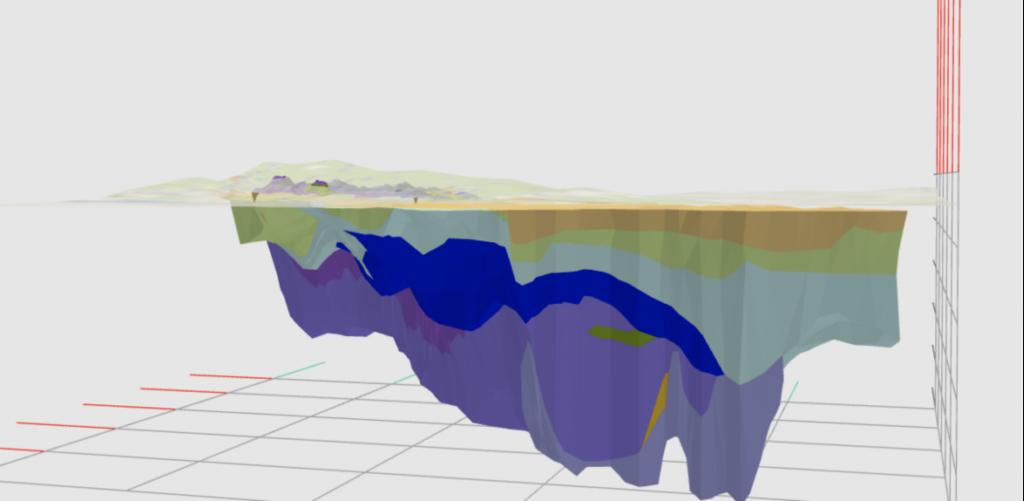Vienna’s energy transition could build upon geothermal energy

Data points and built models from an extensive 3D seismic give a clearer picture of the geothermal potential beneath Vienna, the capital of Austria.
In the east of Vienna, the capital of Austria, more precisely in Essling, one of the most important questions for the energy transition in the federal capital will be answered this year, so an article in Besser Stadt Leben. There is an old borehole that is being tested again at 3,000 meters. And now, in a sense, is becoming the last piece of the puzzle in a large-scale research project, we reported before.
For more than three years, experts from local utility Wien Energie, from various fields such as geosciences and industry, have been investigating the composition of the subsurface beneath Vienna. The project is called GeoTief Vienna and is playing a pioneering role across Europe. Because geothermal energy is particularly exciting for climate protection. Because it does not cause any emissions and can be used around the clock. Provided the geological conditions are favorable. In any case, things are looking good for Vienna: “Vienna has a very promising geothermal location. The region has an invaluable advantage over other metropolises, ”says Peter Seifert, head of the GeoTief Vienna project advisory board.
Most recently, 50 terabytes of data were evaluated to develop a detailed 3D model of the underground beneath Vienna. It shows the course, the thickness and the nature of the different rock layers down to a depth of more than five kilometers. From this it becomes clear why one can expect a lot from geothermal energy here. Seifert: “The layers of the earth with hot water are very thick under Vienna and more easily accessible than elsewhere.”
The results give hope that geothermal energy will be used successfully
As early as 2018, the data required for the model was collected with 16,000 particularly sensitive sensors that can record vibrations in the floor. Because the individual rock layers reflect vibrations differently and thus enable modeling. A 175 square kilometer area between Aspern, Stadlau, Simmering and Essling was measured. The data has been supplemented with findings from previous wells in the oil and gas industry. The scientific evaluation of all this information has continued until now. The results confirm the hopes for a successful use of geothermal energy: “The Aderklaa conglomerate, a suitable rock layer at a depth of around 3,000 meters, carries thermal water with a temperature of up to 100 degrees”, explains Peter Seifert.
With heat exchangers on the surface, the hot water could be used to feed energy into the urban district heating network. Wien Energie plans to supply up to 125,000 households with energy from geothermal energy by 2030. That would save 325,000 tons of CO2 per year. The model from GeoTief Vienna helps to find the right place for the boreholes and the heat exchangers connected to them. In fact, between 40 and 60 percent of the total geothermal potential that is suspected in Austria is in the Vienna area.
In Essling, an existing borehole is now to be reopened in order to research properties of the rock such as permeability. This is important information for the implementation of future geothermal systems for district heating. In any case, Peter Seifert is convinced of the success: “Because everyone involved in this geothermal project was committed to pulling together, we are doing very well.” Further details on the project can be found on its website at www.geotiefwien.at
Source: Besser Stadt Leben